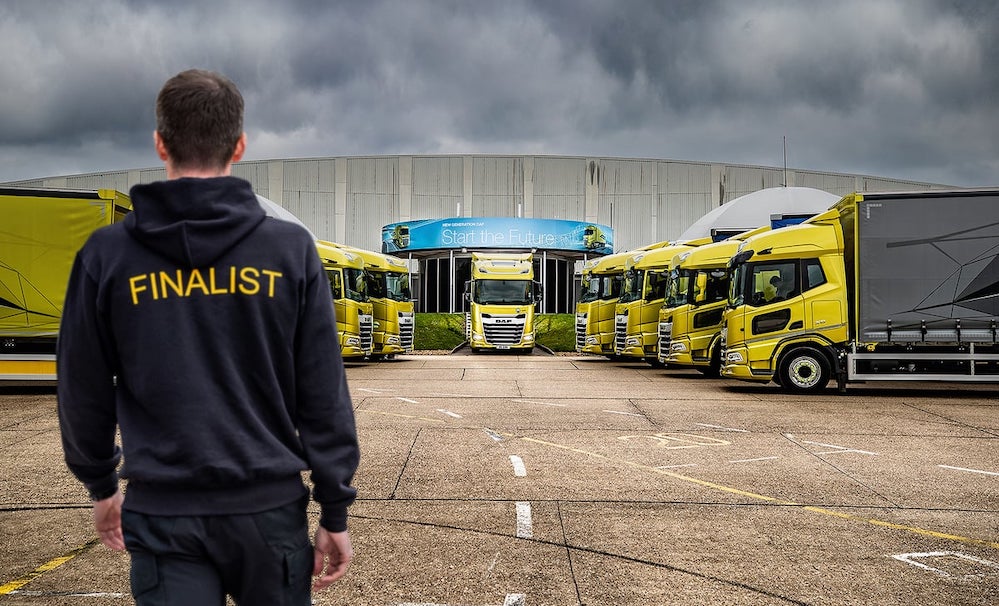Amazon’s vision is to be the world’s most customer-centric company; they focus on consumer needs and orbit their whole business strategy around creating solutions for consumers before consumers even realise they need it. Their mission is to be the company with the largest product range, at the lowest price, and with the fastest delivery time.
The fastest delivery time promise – catalysed by Amazon – has caused a rapid and radical shift in the logistics and transportation industry. The ‘Amazon’ effect has heightened expectations, not only in the increased demand in e-commerce but also in the expectation for immediate fulfilment of delivery (i.e. same day or next day). Amazon’s innovation has changed the market as customers now have different expectations about choice, convenience and price – as a result if a company doesn’t keep up the dissatisfaction trickles down to their bottom line.
The demand for faster and free shipping started with Amazon, but its effects have rippled through to the logistics and transportation industry. There is now underlying pressure for faster delivery, which has completely changed the infrastructure of delivery transportation logistics. Traditionally, shipment loads would see two to four touch points end-to-end. But today, seven to nine touch points are necessary within the network of warehouses, in order to get the goods to the customers faster.
This behavioural shift in the industry has many implications on the different levels of the logistics chain. A leading HGV driver training provider, TrainDrive, gives insight into the ‘Amazon’ effect specifically on HGV drivers.
Routes are optimised
Traditionally, driving routes were planned, so that bulk loads were taken from one place to another (Point A to B); however, this subsequently became less and less realistic, as more common logistic strategies now consist of running through a chain of drop off points, and utilising their network of warehouses. Smaller loads are now dropped off at each point and then distributed through smaller vans, as they are a more agile means of delivery. Having different drop off points also reduces the risk of delivery delays throughout the supply chain.
Increased use of technology
The use of fleet technologies which track elements such as, driver speed, fuel usage, and driving behaviour have increased over the recent years. It appears that there may be a correlation between the shift towards the ‘Amazon’ effect and the demand for the use of these types of fleet technologies. As the transport and logistics landscape changes, so too will skills requirements expected from HGV drivers. HGV drivers will see an increase in training to become better adjusted and prepared for the digital transformation in transportation and logistics. Moreover, technological competency has become a preferred skill by recruiters of HGV drivers.
More focus on driving efficiency
As time is of the essence in the ‘Amazon’ effect, drivers must follow and stick to the routes that have been approved as the most efficient on their navigation system. Tracking technologies also record driver breaks, and route time estimations usually consider the fuel consumption, so adequate breaks are scheduled throughout the drivers’ route. Therefore, all the time during a driver’s journey is accounted for, and expectations can be managed. Adequately managing an eco-system of HGV’s for shorter, faster and ultimately very ‘individual’ deliveries is vital to ensure success and customer satisfaction.







